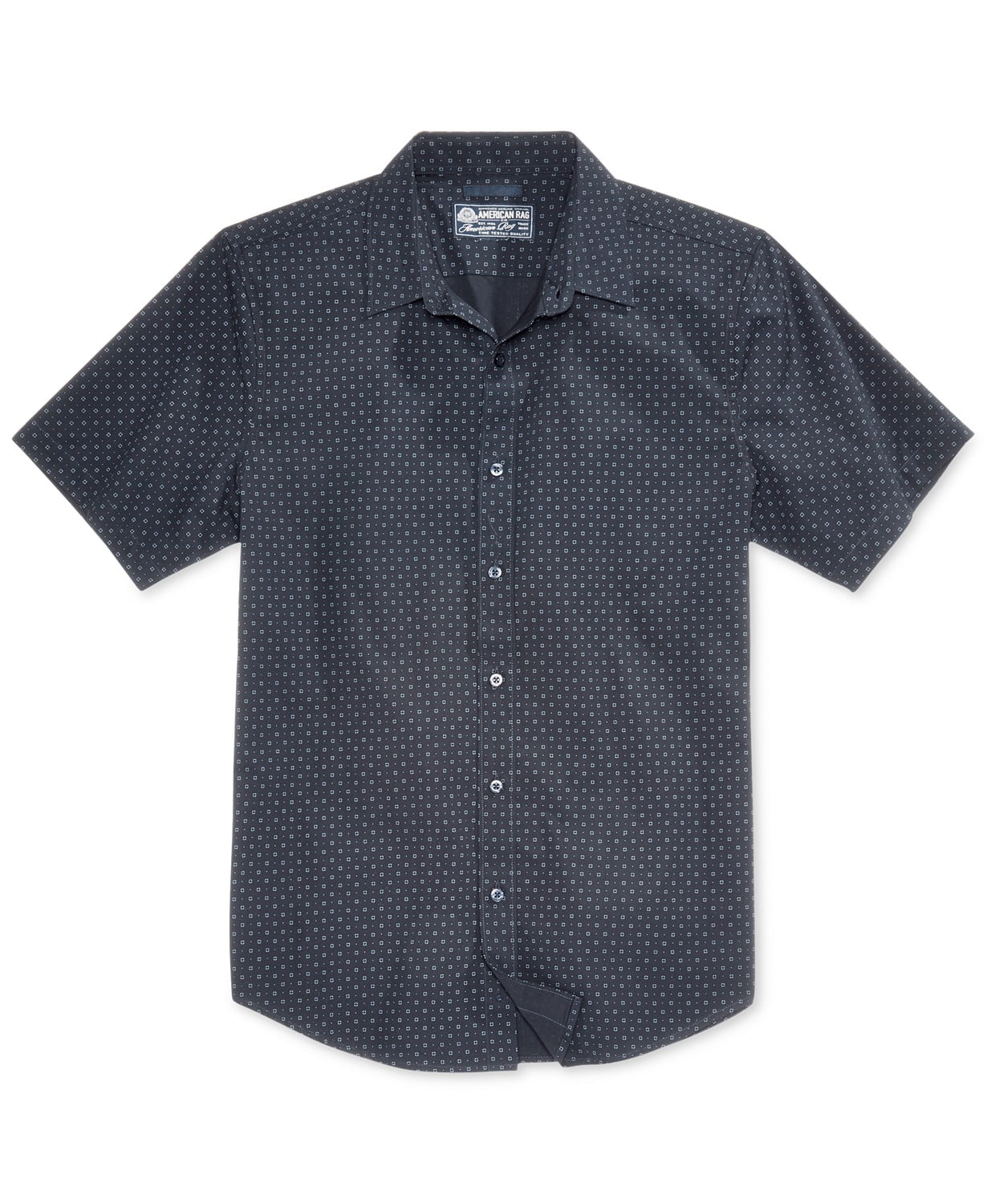

However, even structured jazz in most cases is much less restrictive than ragtime.
#Ragtime tees free#
Modern jazz is sometimes absolutely free form in all planes, including harmonic, melodic rhythmic and metric. The collective information is more likely to result in personal success than just trying to mete out something from scratch, but more detail is contained below.ĭo these criteria apply just to ragtime composition? Yes and no. I urge you to also ask other composers for their points of view as well, and to look to both modern and vintage compositions that appeal to you as a style template as well.

Mine is only one voice in a sea of many valid opinions on ragtime composition, or composition in general, so should be used only as intended - as a general guide for getting started and avoiding certain pitfalls.

It is sometimes hard to separate the two, but where I can I do. The rest of the content is based on common sense or known fact. A caveat, though: Even though I always try to present a collective point of view, some of what is expressed in here is a matter of personal taste or opinion, either mine or members of the ragtime community that I know fairly well. However, I have the experience in the genre to at least provide some guidelines to follow or things to avoid, while leaving lots of room for personal choice and potentially improving the end result. Even as an award-winning composer, for which I am grateful, I can't exactly ease the process of ragtime composition. Why did I even attempt tackling it? Over the years I had received increasingly larger numbers of requests for composition tips, as well as compositions to evaluate, and nearly all of them seemed to ask for some kind of guide to make things easier. They include the release of new recordings, the formation of ragtime societies and clubs, oral history projects, various publications, and live stage and television performances.Composition is a tricky topic since so much of it is subjective. The popularity of ragtime began to wane by the first decade of the 20th century, but there have been various revival efforts since the 1940s. As leader of the all-Black 369th Infantry “Hellfighters” Band, he began ragging the melodies and applying instrumental techniques that varied the timbre (as in “Memphis Blues,” 1919). James Reese Europe also introduced the ragging style and a new sound to US military bands. Joplin’s “Maple Leaf Rag” was widely performed by pianists and instrumental ensembles and led to ragtime as a standard in the repertoire of many society bands, such as Clef Club Orchestra. The success of his “Maple Leaf Rag” (1899) and others that followed placed Joplin squarely in the American mainstream as a ragtime composer. Scott Joplin, dubbed “The King of Ragtime Writers” by his contemporaries, is the best-known composer of ragtime. Tom Turpin’s “Harlem Rag” (1897) is the first ragtime song published by an African American. Many songs commercially marketed under the ragtime label were not of this tradition. The broader society became acquainted with ragtime only after it appeared in print form and publishers targeted the white middle-class and upper-class piano players as its consumers. Printed versions of ragtime simplified the improvisatory quality of the original style, which changed the organic character of the tradition. Beginning in 1897, ragtime became available in a written tradition when African American ragtime players and their white counterparts began transcribing and writing original rags to be published and sold as sheet music. Itinerant African American musicians developed ragtime as a playing style of music spontaneously created while performing in brothels, saloons, bars, and other venues where they played after the Civil War.


 0 kommentar(er)
0 kommentar(er)
